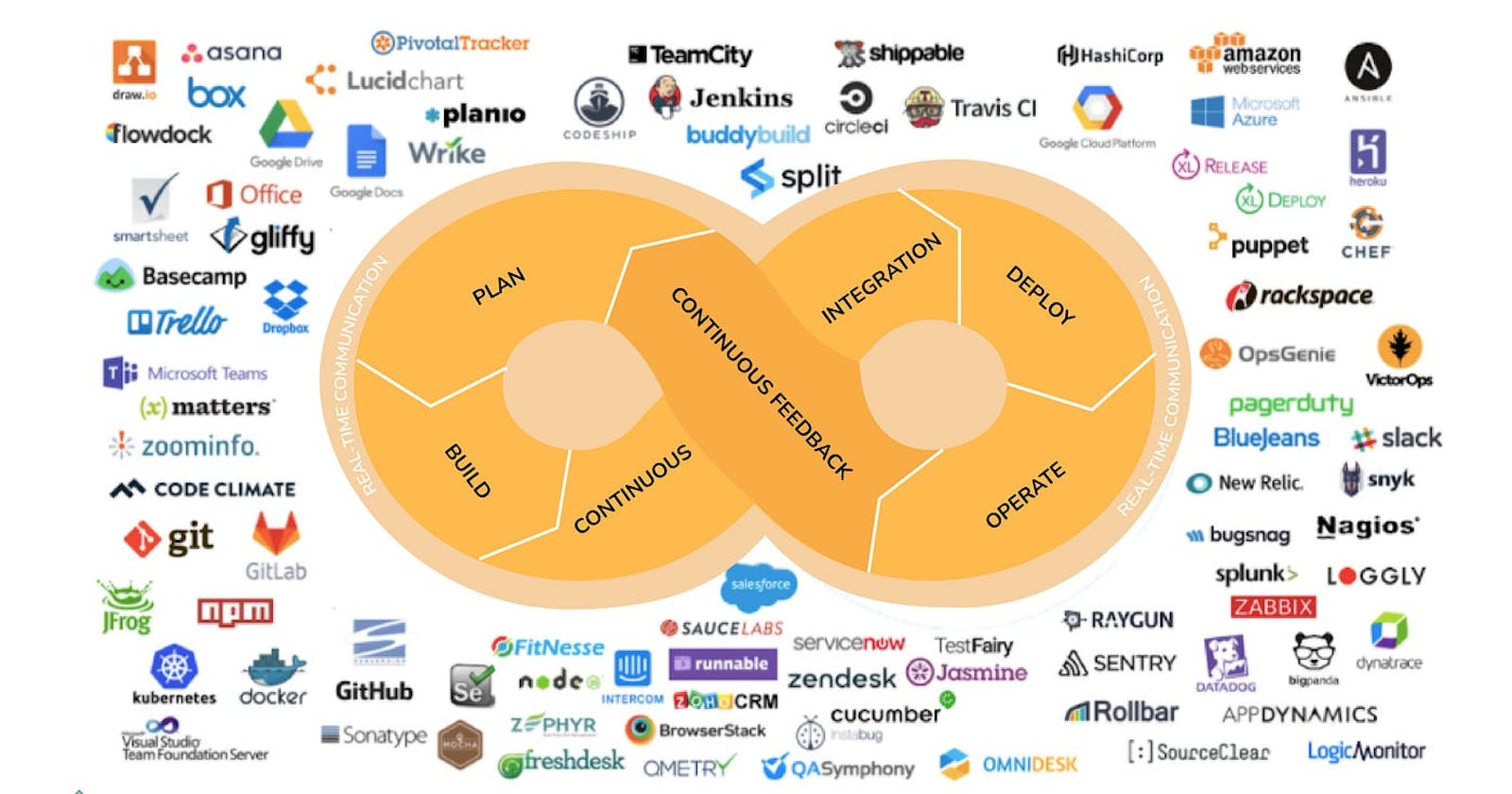A Comprehensive Guide to DevOps Tools and Tech Stacks: Empowering Agile Software Development
Introduction
DevOps has revolutionized the software development industry, bridging the gap between development and operations teams to enable faster, more reliable, and continuous delivery of software. DevOps tools and technology stacks play a crucial role in automating processes, enhancing collaboration, and streamlining the entire software development lifecycle. In this blog, we will delve into some of the most popular DevOps tools and explore how organizations can build effective tech stacks to drive agile development.
Version Control Tools
Version control is the foundation of collaborative software development, allowing teams to track changes, manage codebase versions, and work simultaneously on projects. Some widely used version control tools are:
Git: Git is the most popular distributed version control system, enabling developers to work efficiently with branches, merge code changes, and collaborate seamlessly.
Subversion (SVN): SVN is a centralized version control system, preferred by some organizations for its simplicity and ease of use.
Continuous Integration (CI) Tools
CI tools automate the process of building, testing, and integrating code changes into a shared repository, ensuring that new code doesn't break the existing codebase. Common CI tools include:
Jenkins: Jenkins is an open-source automation server that supports a wide range of plugins and integrations, making it highly customizable and suitable for various development environments.
CircleCI: CircleCI is a cloud-based CI/CD platform that simplifies building and deploying applications by automatically managing the underlying infrastructure.
Travis CI: Travis CI is a popular CI service that integrates seamlessly with GitHub repositories and offers easy configuration for building and testing projects.
Configuration Management Tools
Configuration management tools automate the setup and maintenance of infrastructure, ensuring consistency across different environments. Some popular options are:
Ansible: Ansible is an agentless, declarative configuration management tool that uses YAML-based playbooks to define infrastructure as code.
Puppet: Puppet allows organizations to define infrastructure in a code-like format using its Puppet DSL (Domain-Specific Language).
Chef: Chef uses Ruby-based scripts called recipes to define infrastructure configurations.
Containerization Tools
Containerization allows developers to package applications and their dependencies into lightweight, portable containers. This ensures consistency across different environments and simplifies the deployment process. Widely used containerization tools include:
Docker: Docker is a leading containerization platform, enabling developers to create, deploy, and manage containers efficiently.
Docker: Docker is a leading containerization platform, enabling developers to create, deploy, and manage containers efficiently.
Continuous Deployment (CD) Tools
CD tools automate the process of deploying applications to different environments, making it easier to release software frequently and reliably. Some popular CD tools are:
Spinnaker: Spinnaker is an open-source multi-cloud CD platform that supports deploying applications to various cloud providers.
AWS CodeDeploy: CodeDeploy is a fully managed deployment service by AWS, simplifying application deployments to EC2 instances, on-premises servers, and Lambda functions.
Monitoring and Logging Tools
Monitoring and logging tools are critical for gaining insights into application performance, identifying issues, and ensuring system reliability. Some widely used tools include:
Prometheus: Prometheus is an open-source monitoring and alerting toolkit designed for scalability and flexibility.
ELK Stack: ELK (Elasticsearch, Logstash, Kibana) is a popular combination of tools used for centralized logging and real-time data analysis.
New Relic: New Relic provides a suite of monitoring tools that offer application performance monitoring, infrastructure monitoring, and more.
Conclusion
DevOps tools and technology stacks are pivotal in the successful implementation of agile software development practices. The choice of tools should align with the organization's specific requirements, development workflows, and cloud infrastructure. By adopting the right combination of version control, CI/CD, configuration management, containerization, and monitoring tools, teams can streamline their development processes, increase collaboration, and deliver high-quality software products efficiently.
However, it's important to note that the DevOps landscape is continuously evolving, with new tools and improvements emerging regularly. Organizations should keep an eye on the latest trends and innovations to ensure they stay at the forefront of DevOps practices and take full advantage of the tools and tech stacks available to them. With the right tools and a well-designed tech stack, organizations can empower their teams to deliver software faster, more reliably, and with enhanced quality, ultimately driving innovation and success in today's competitive market.
